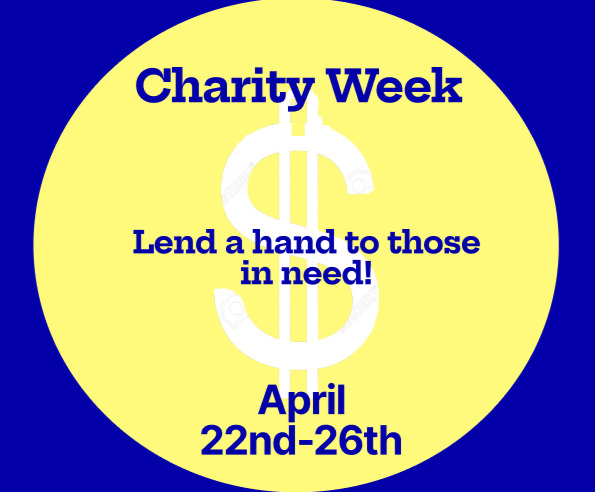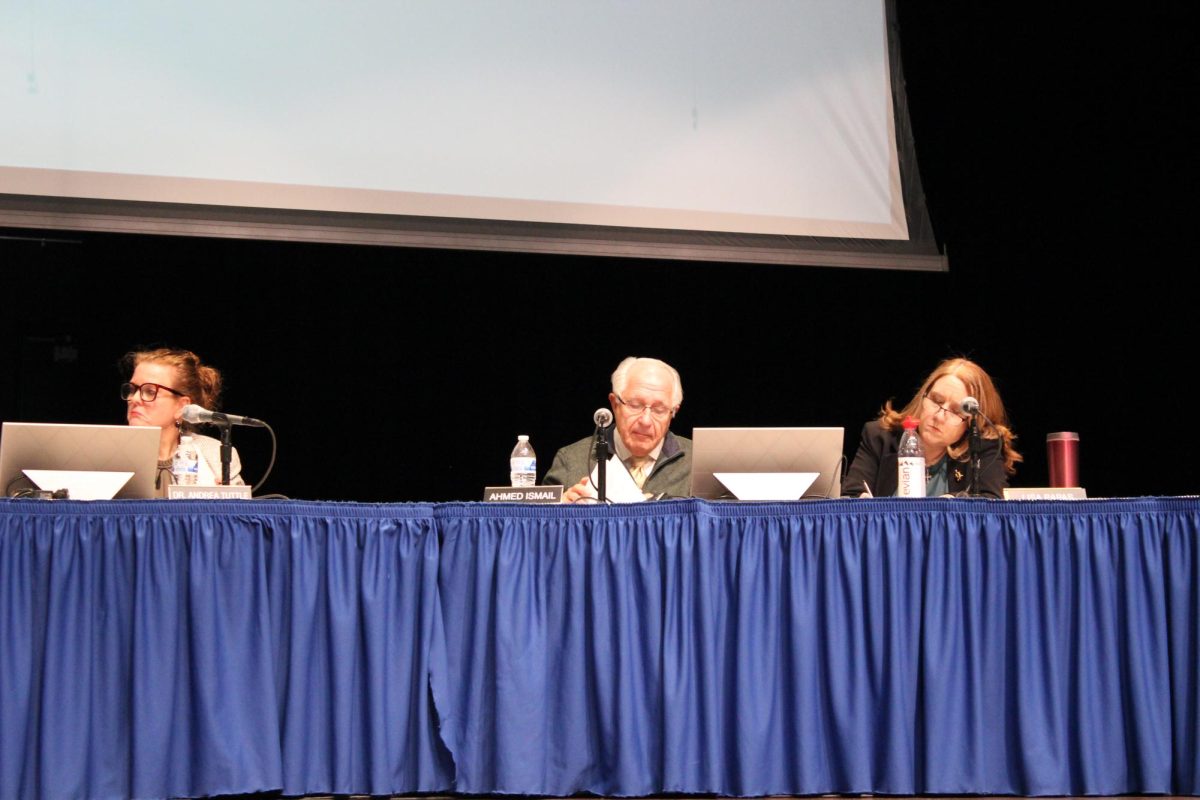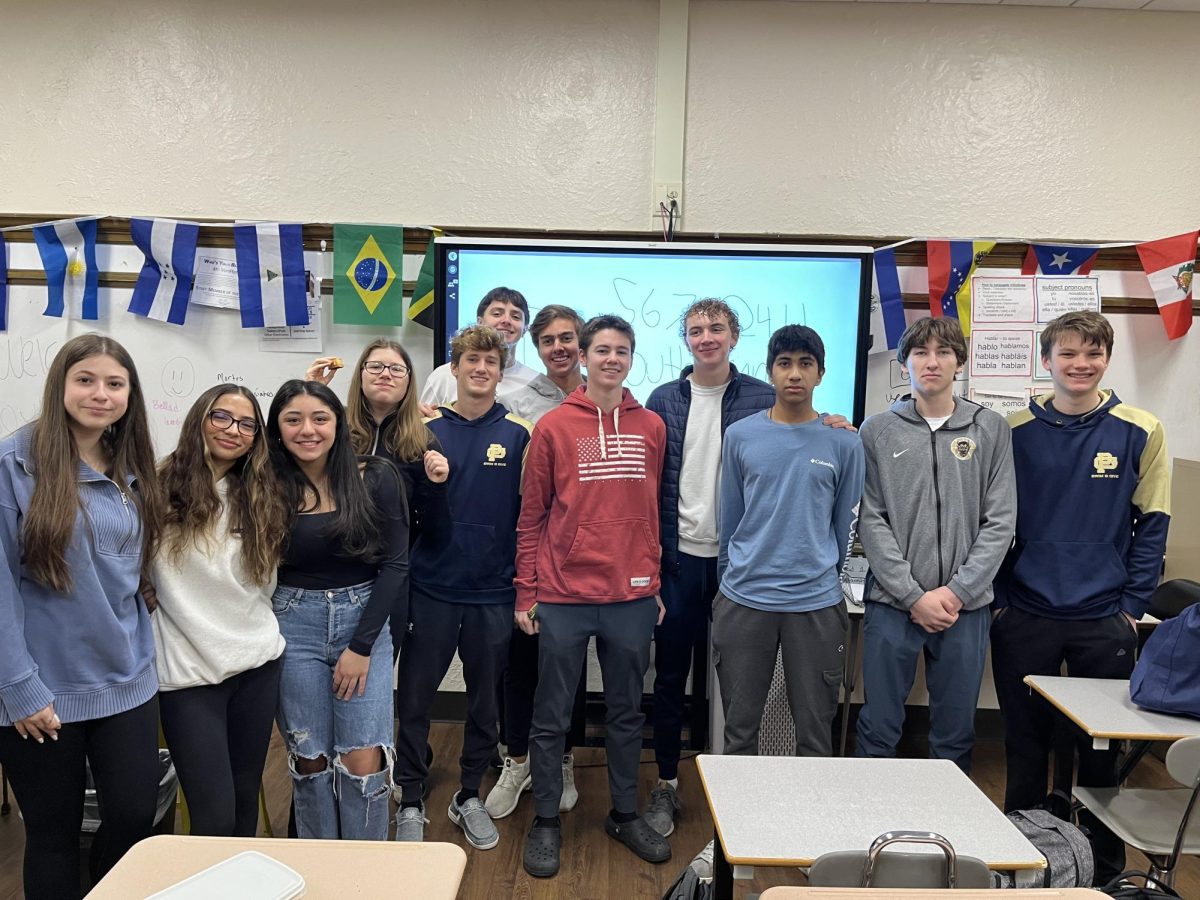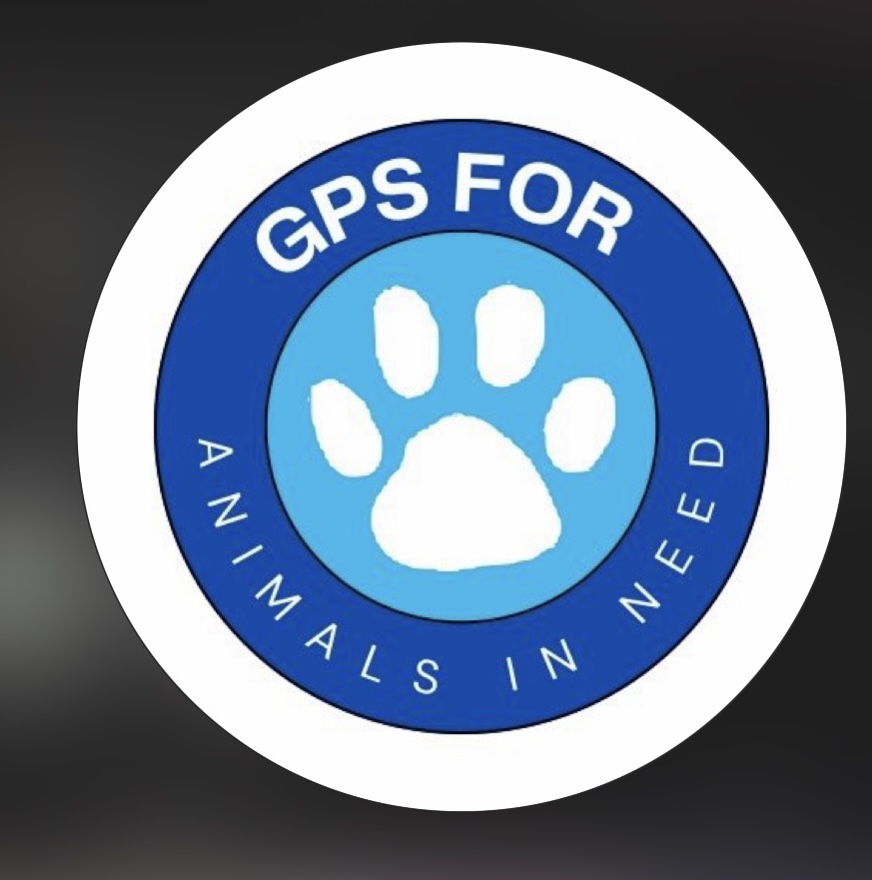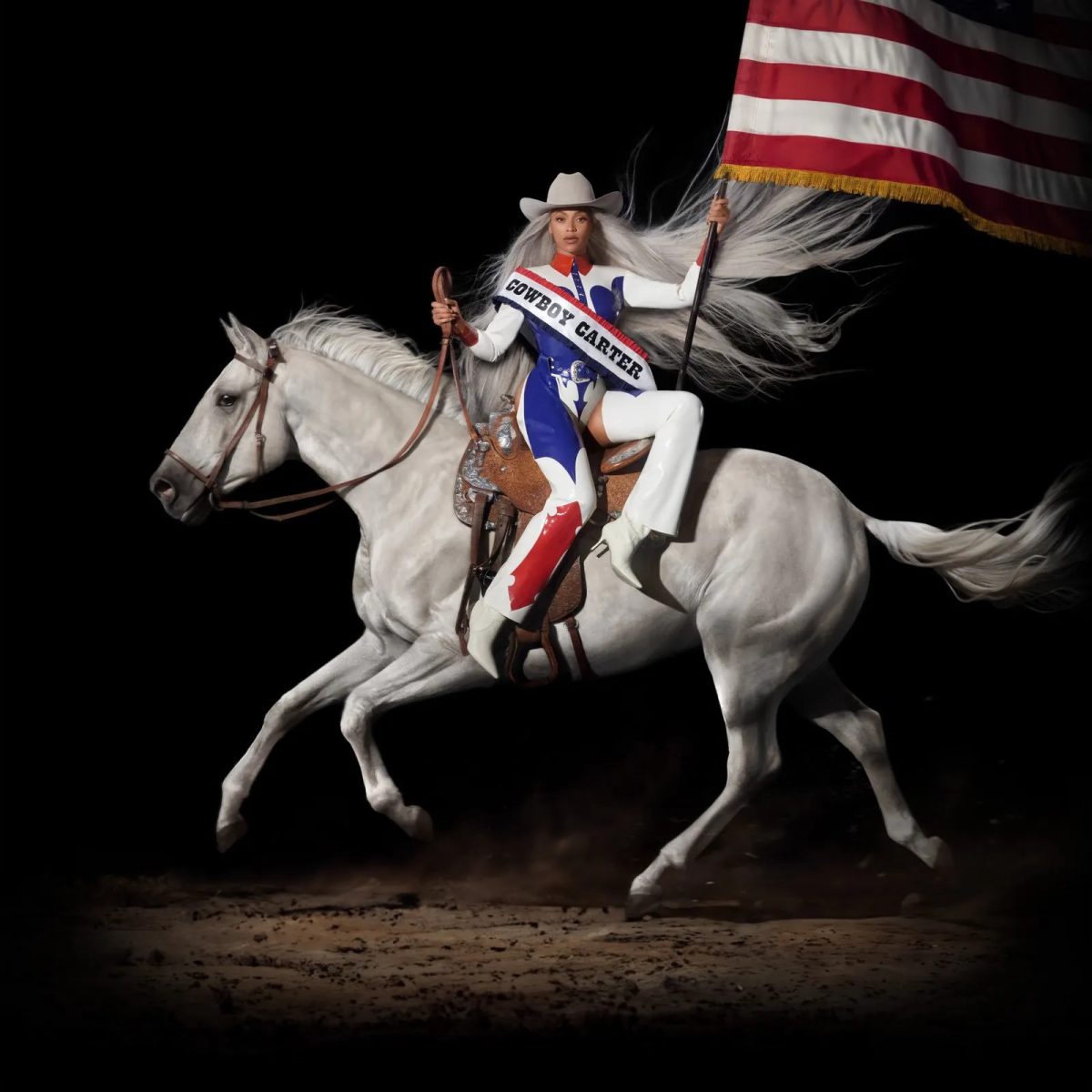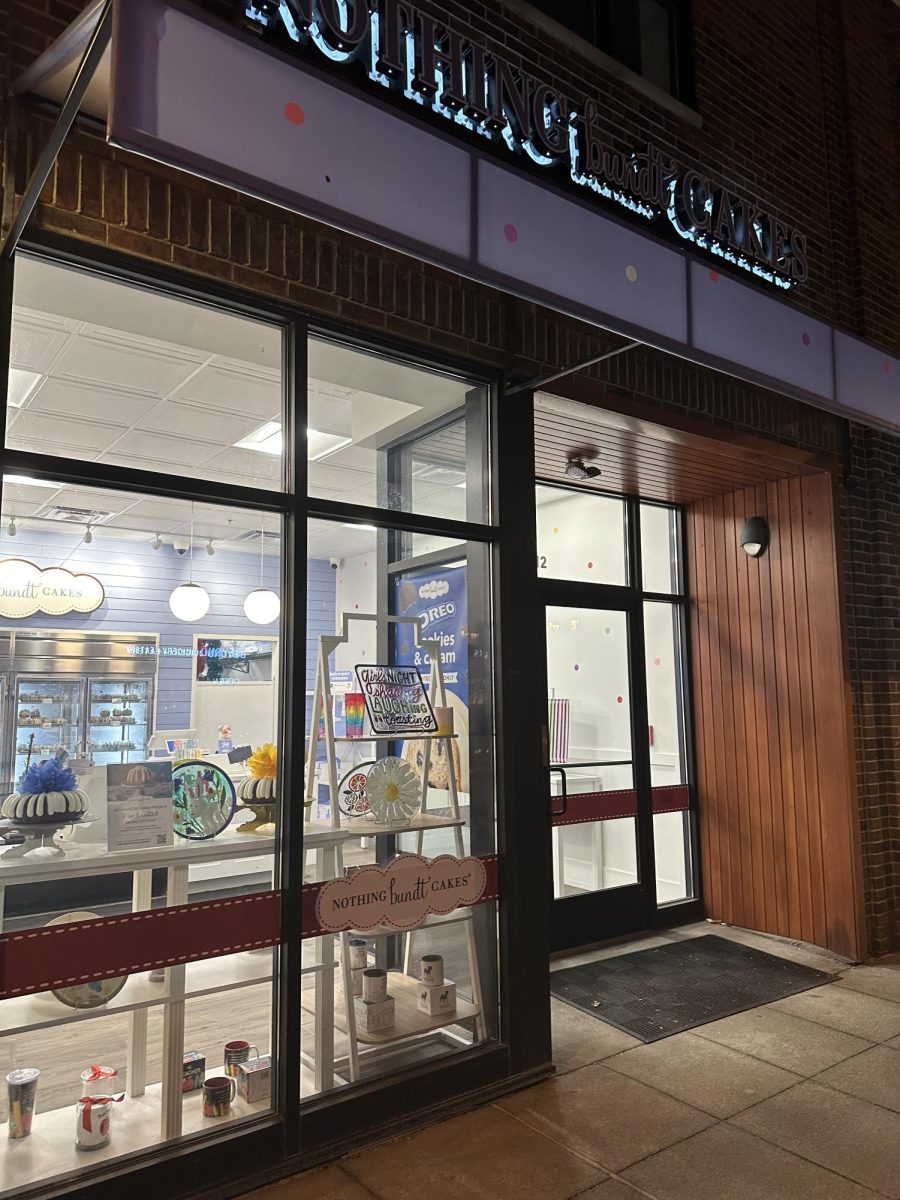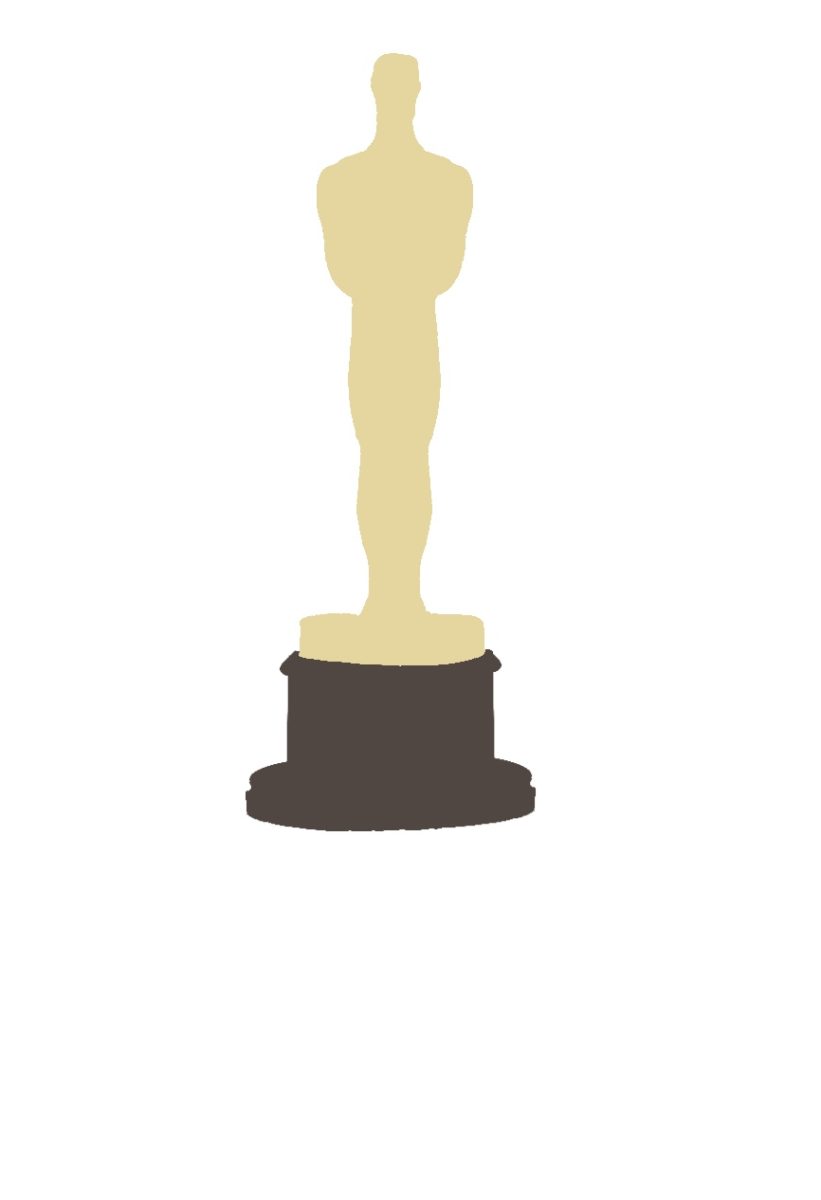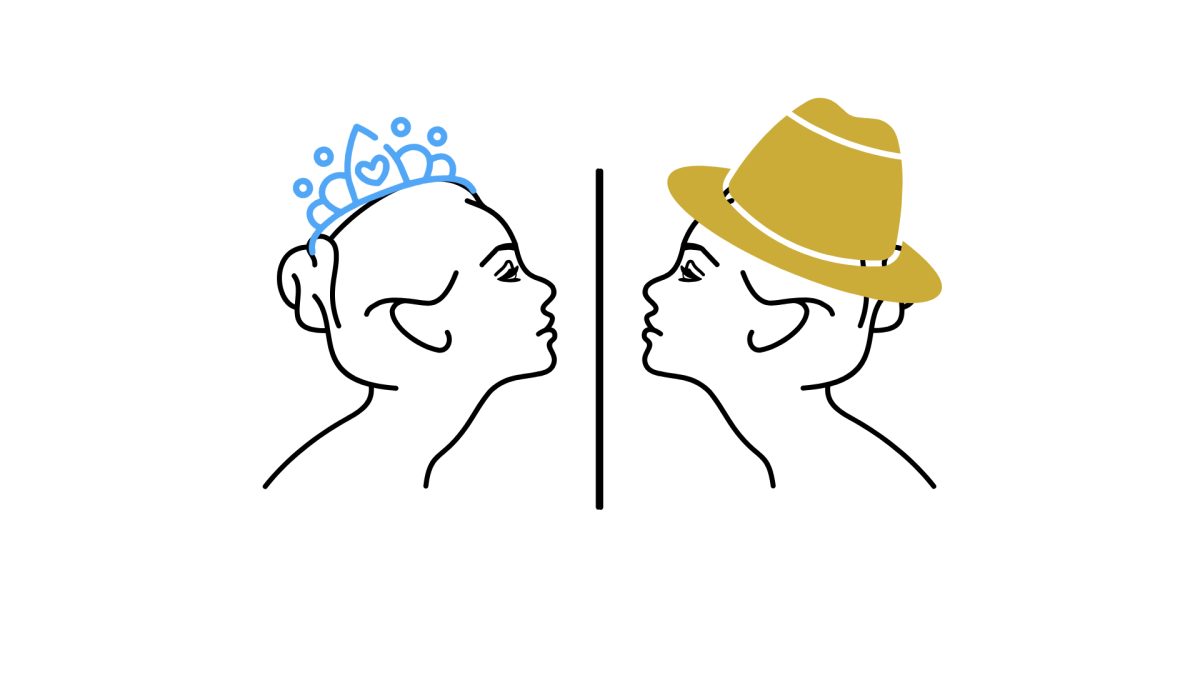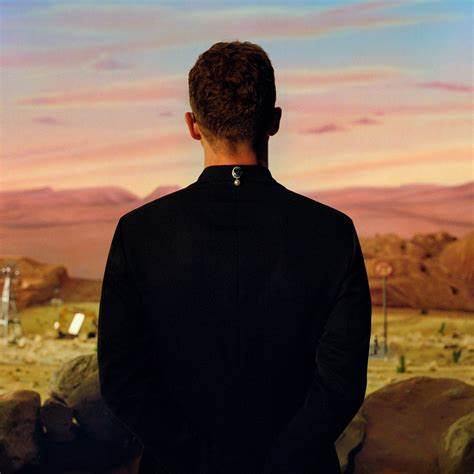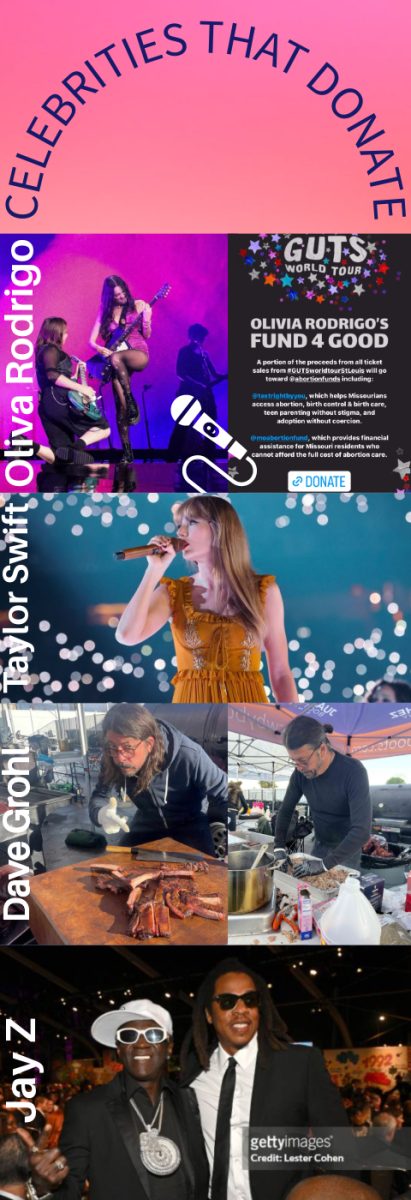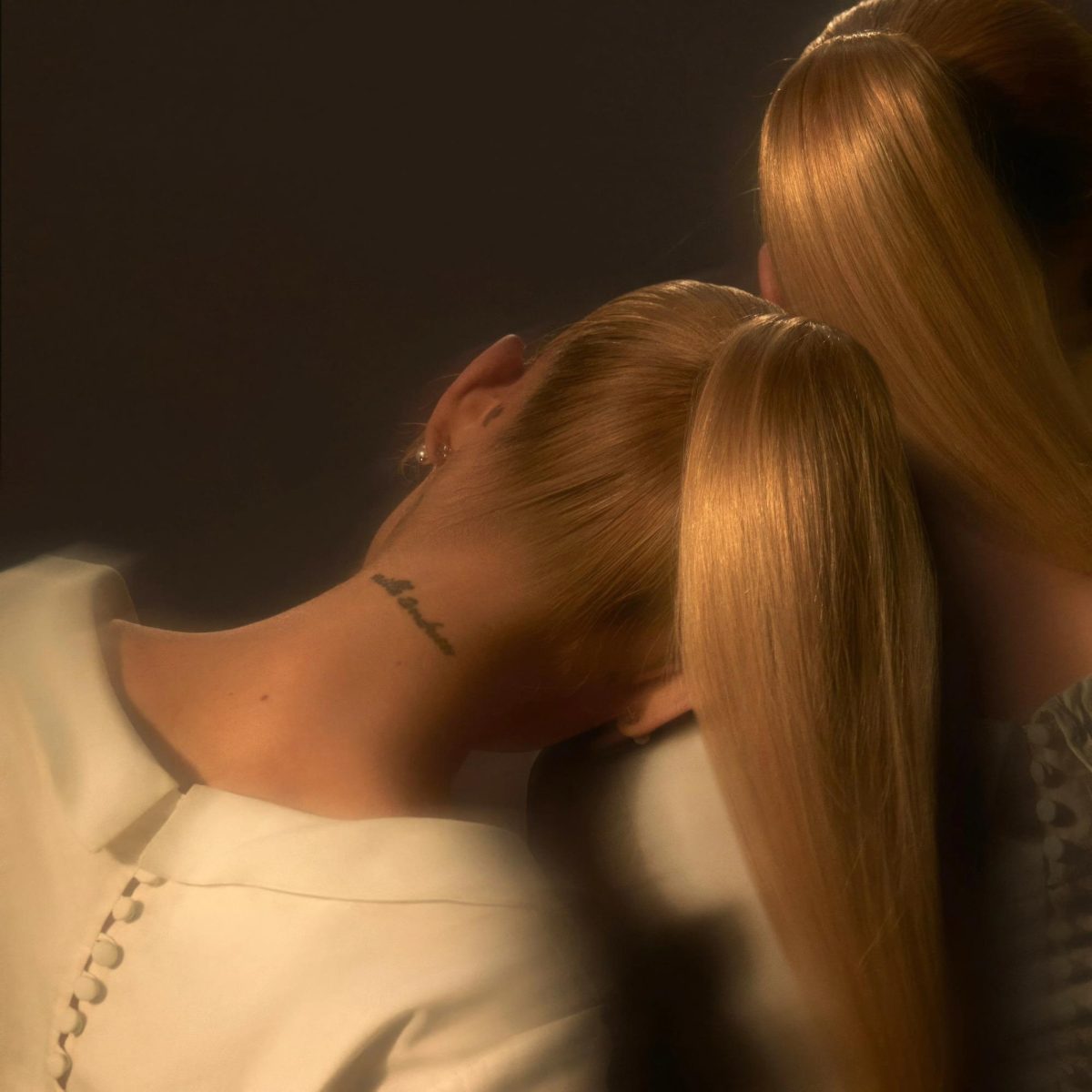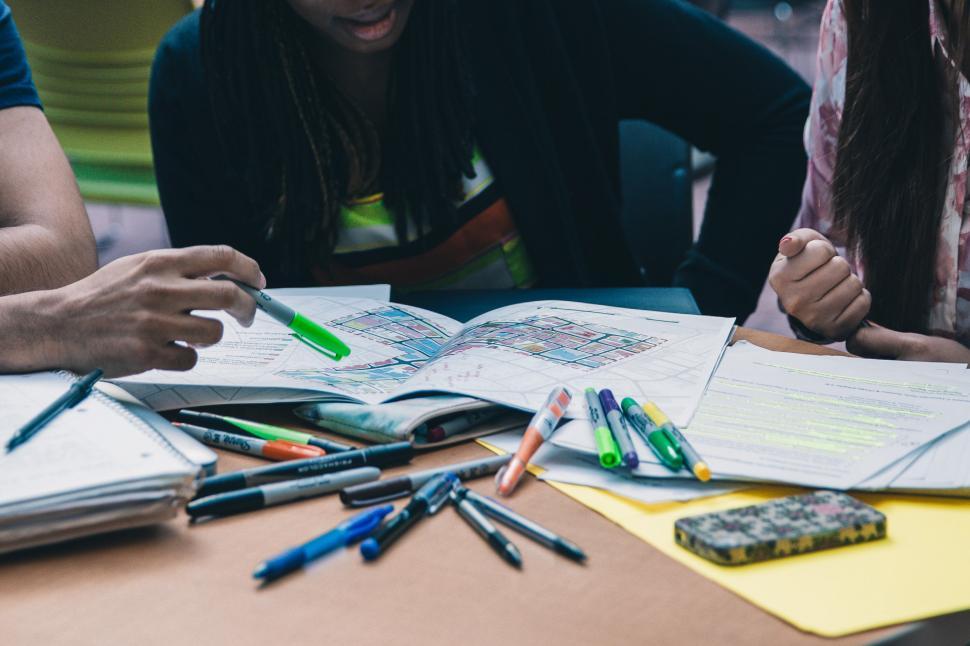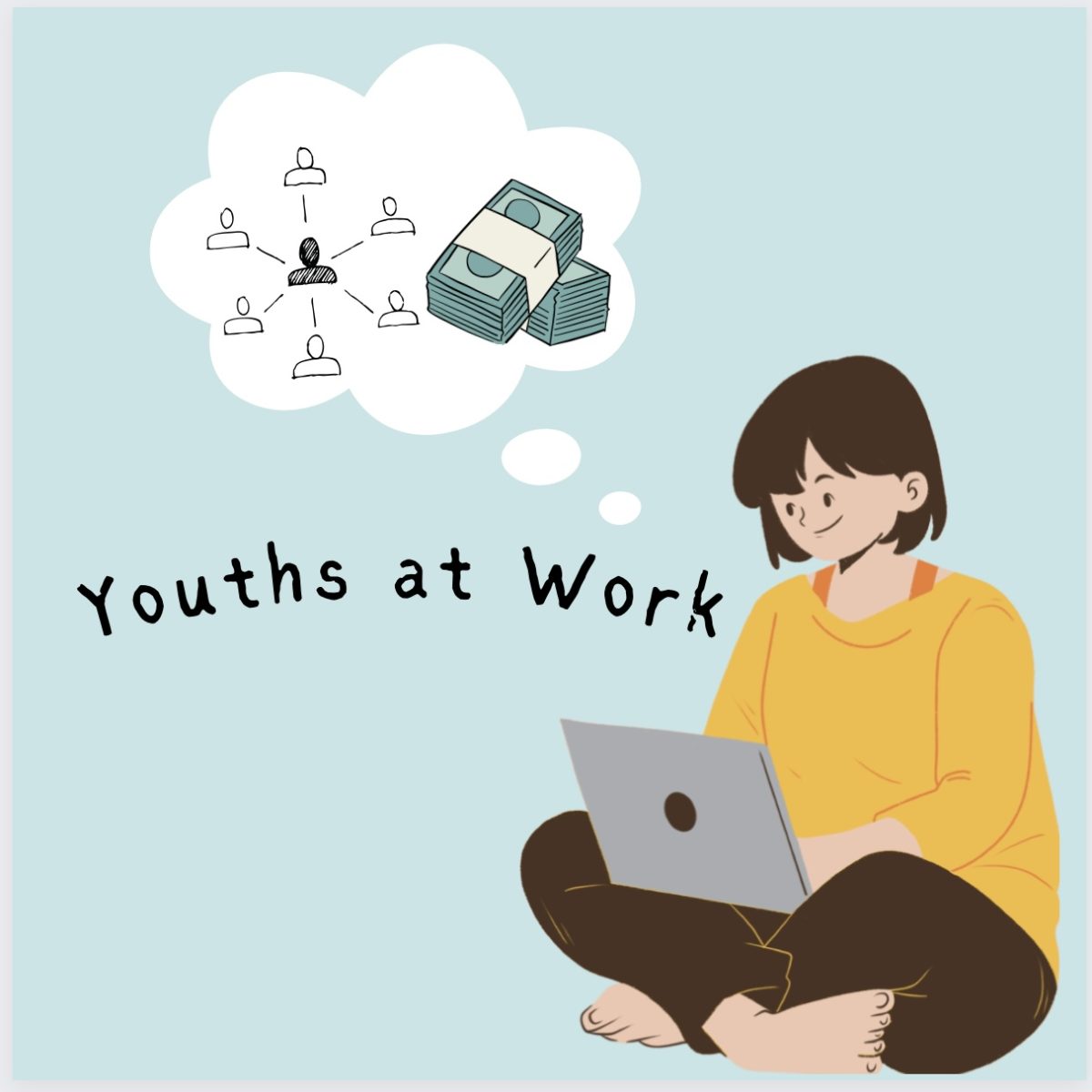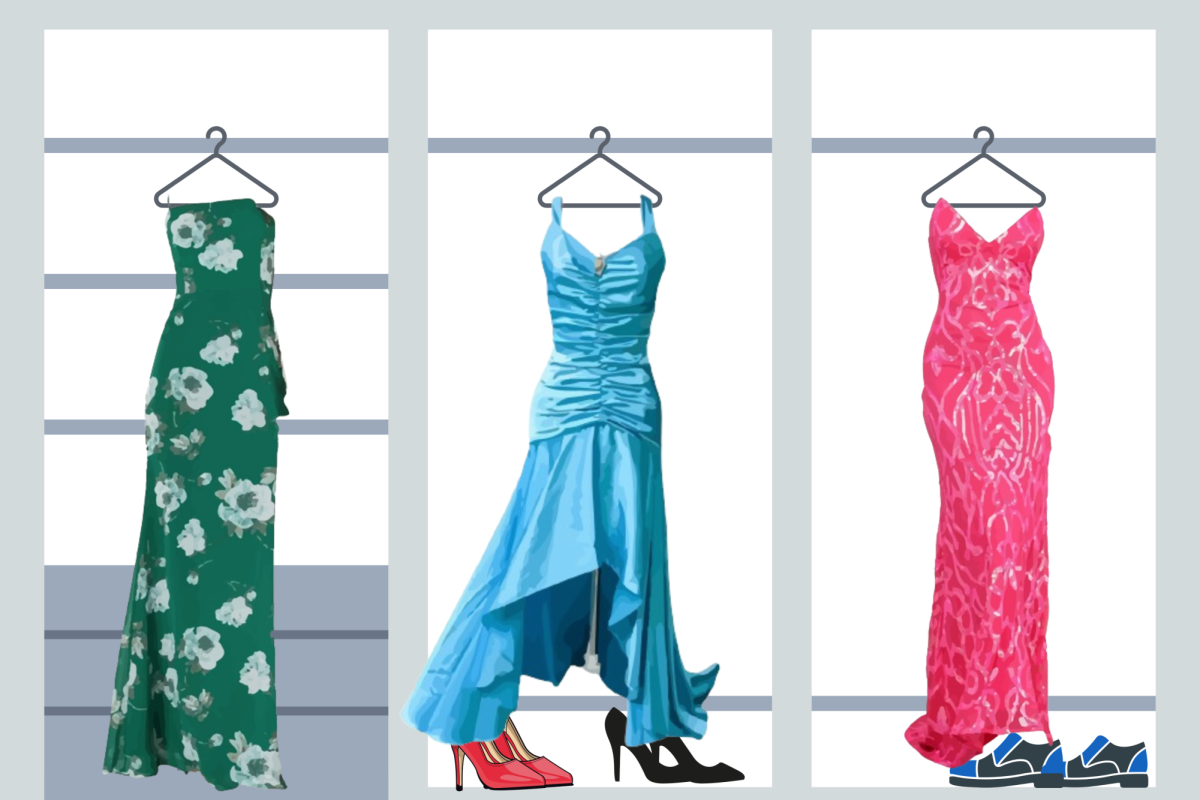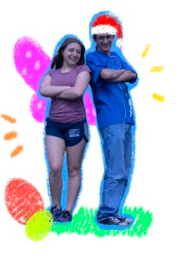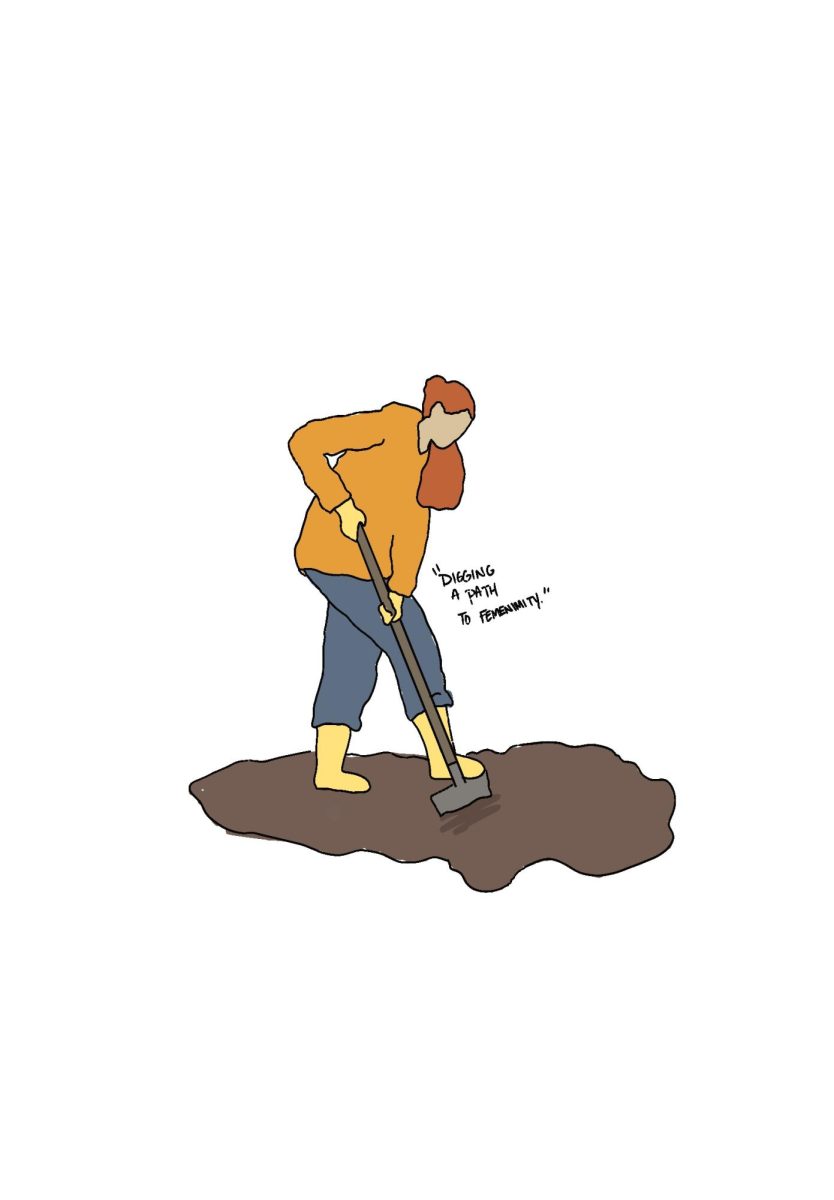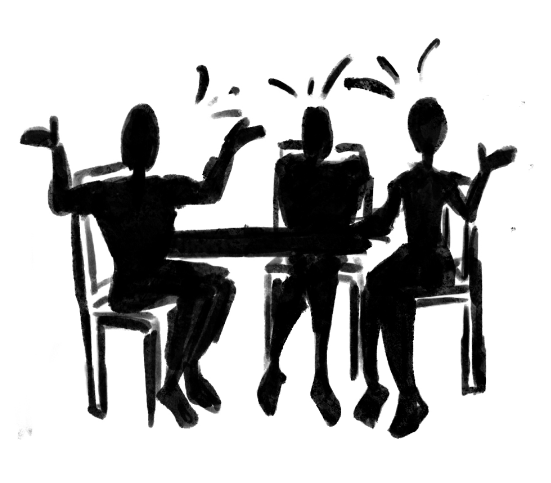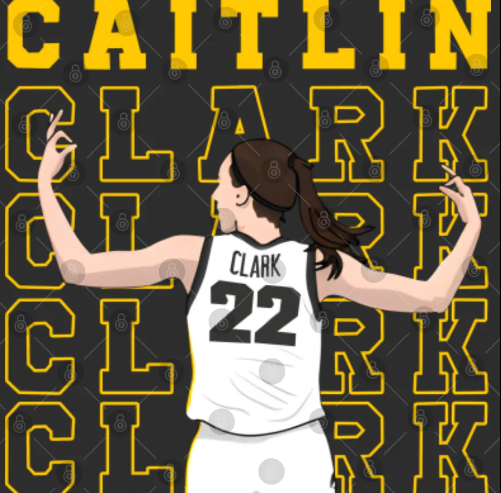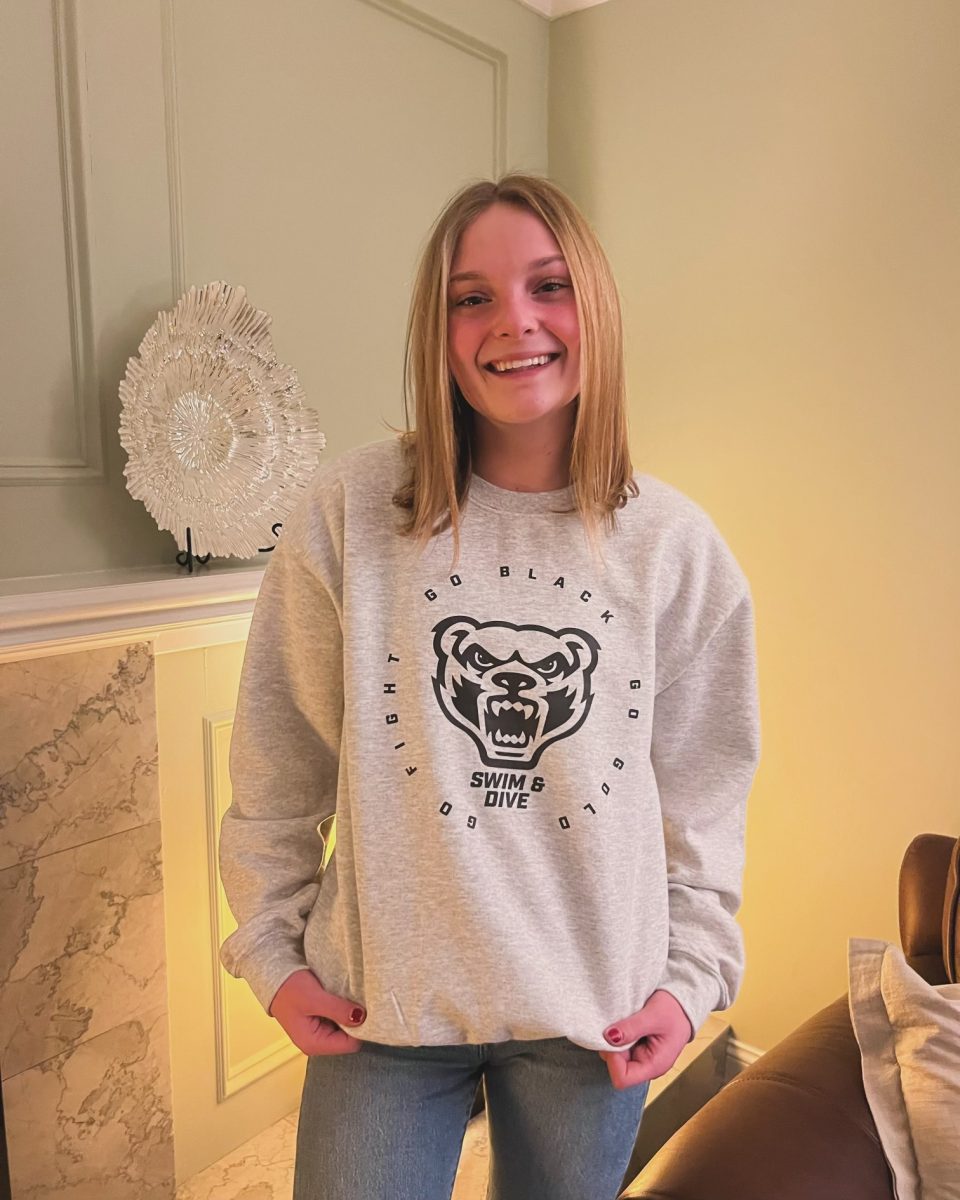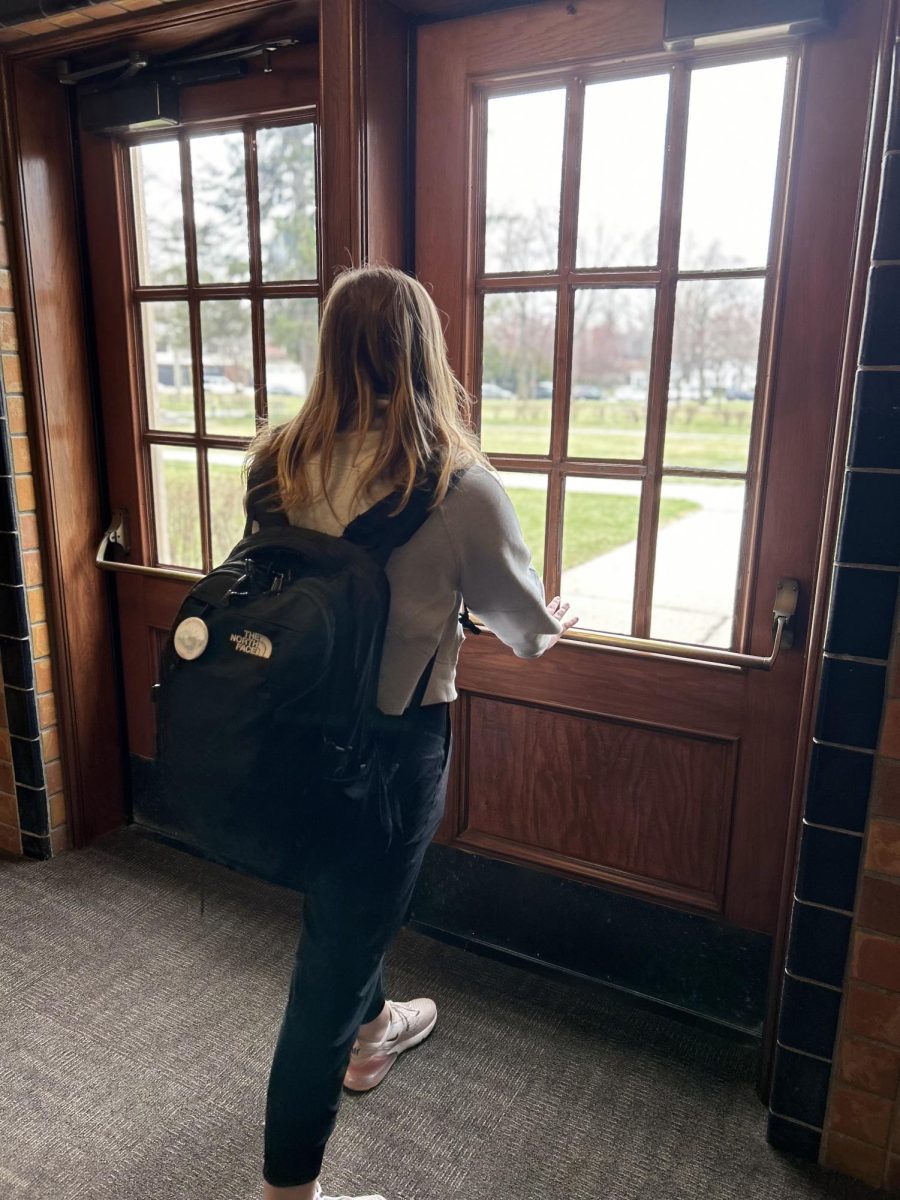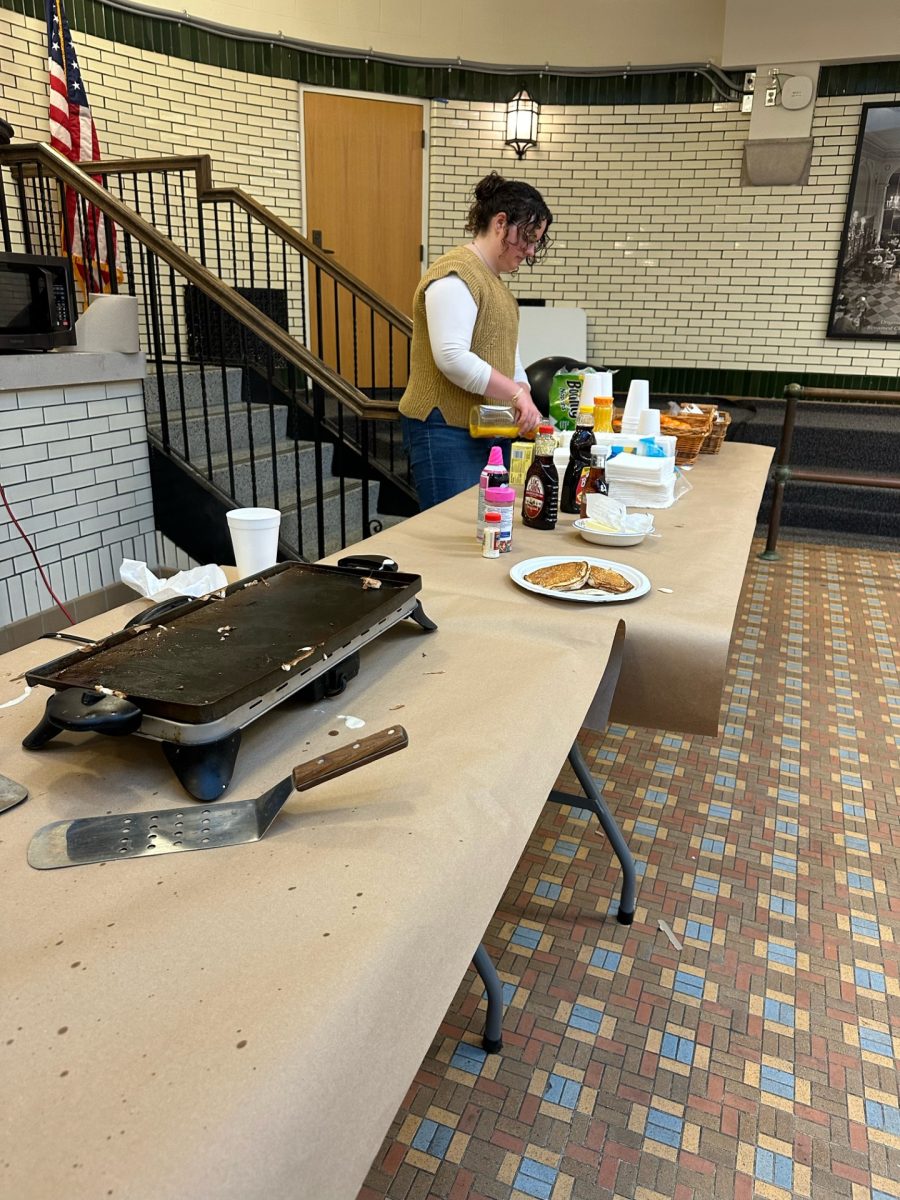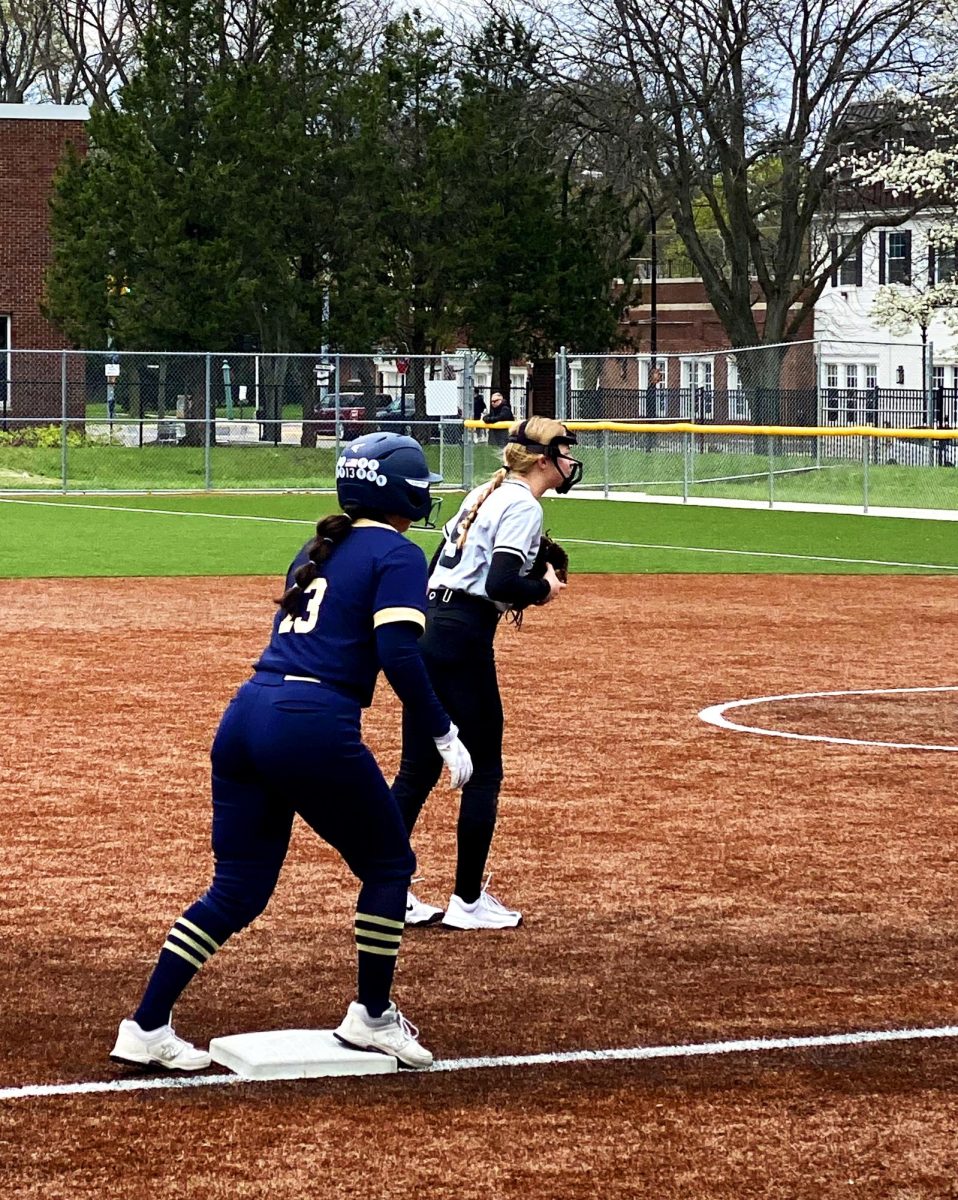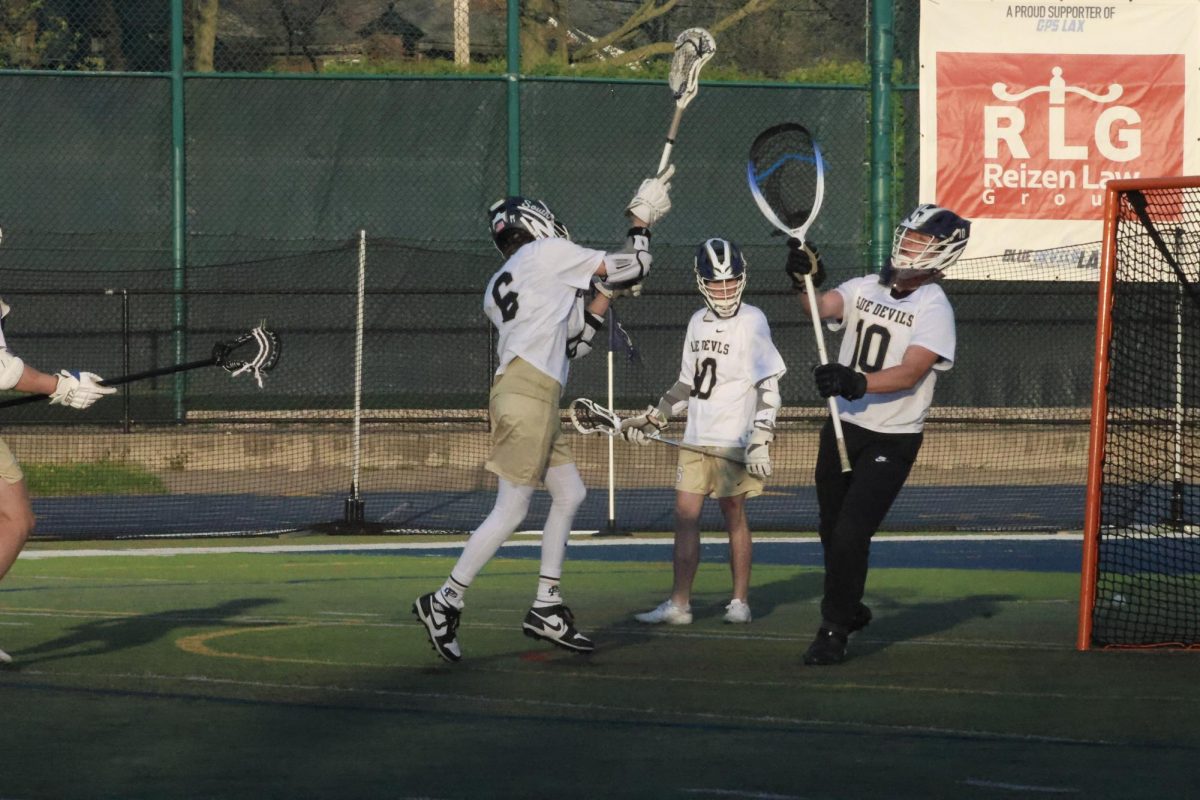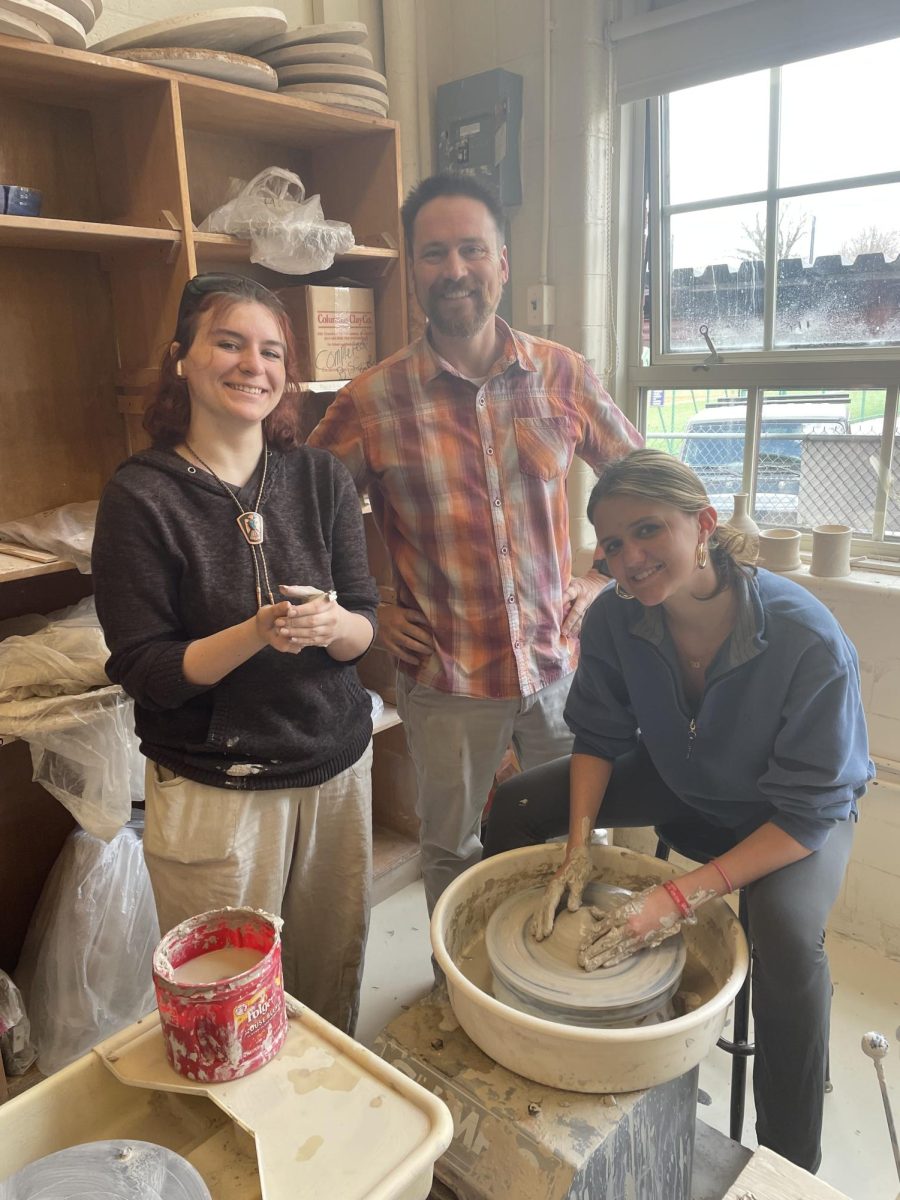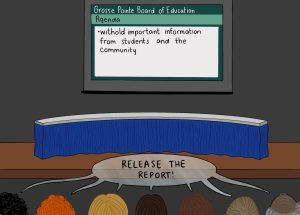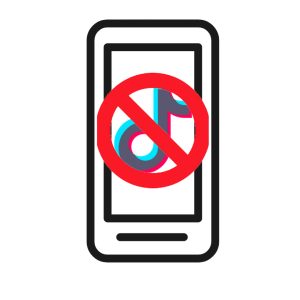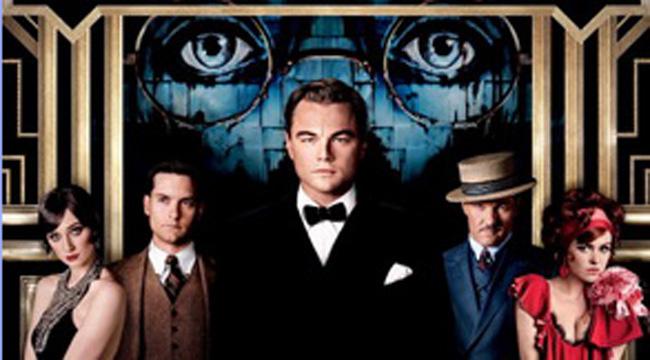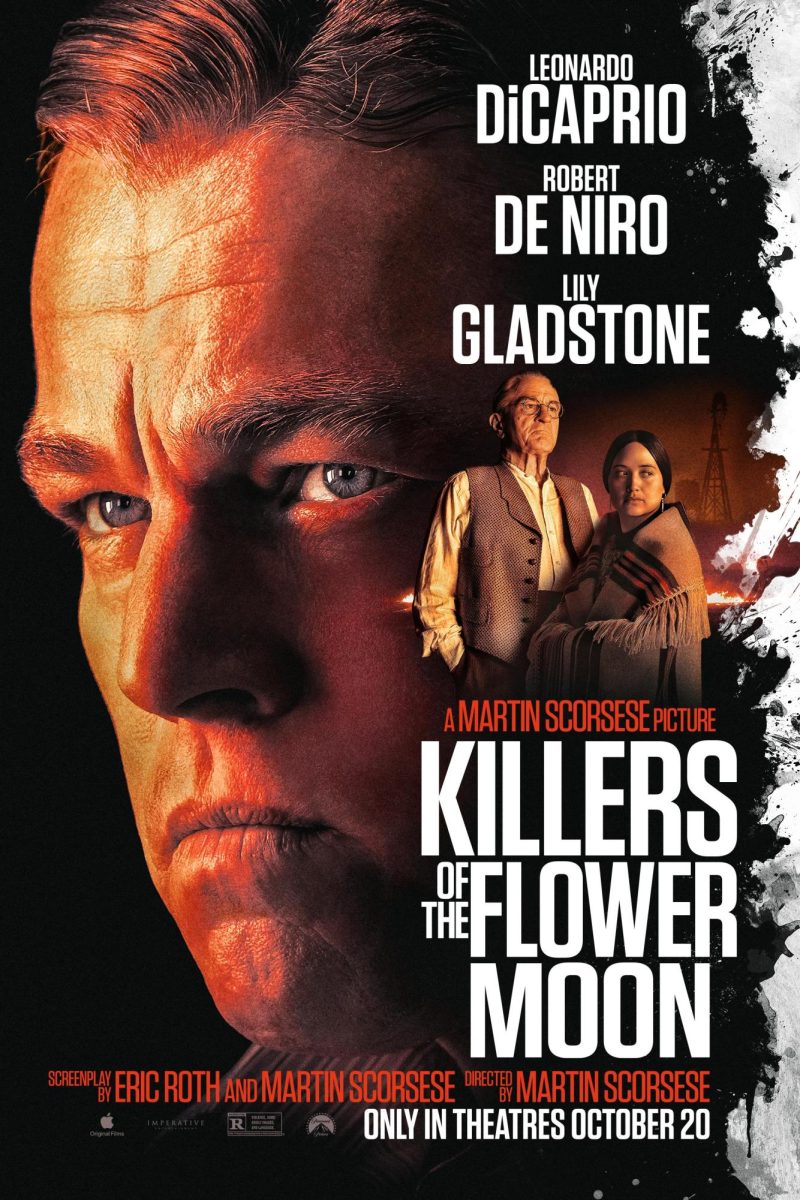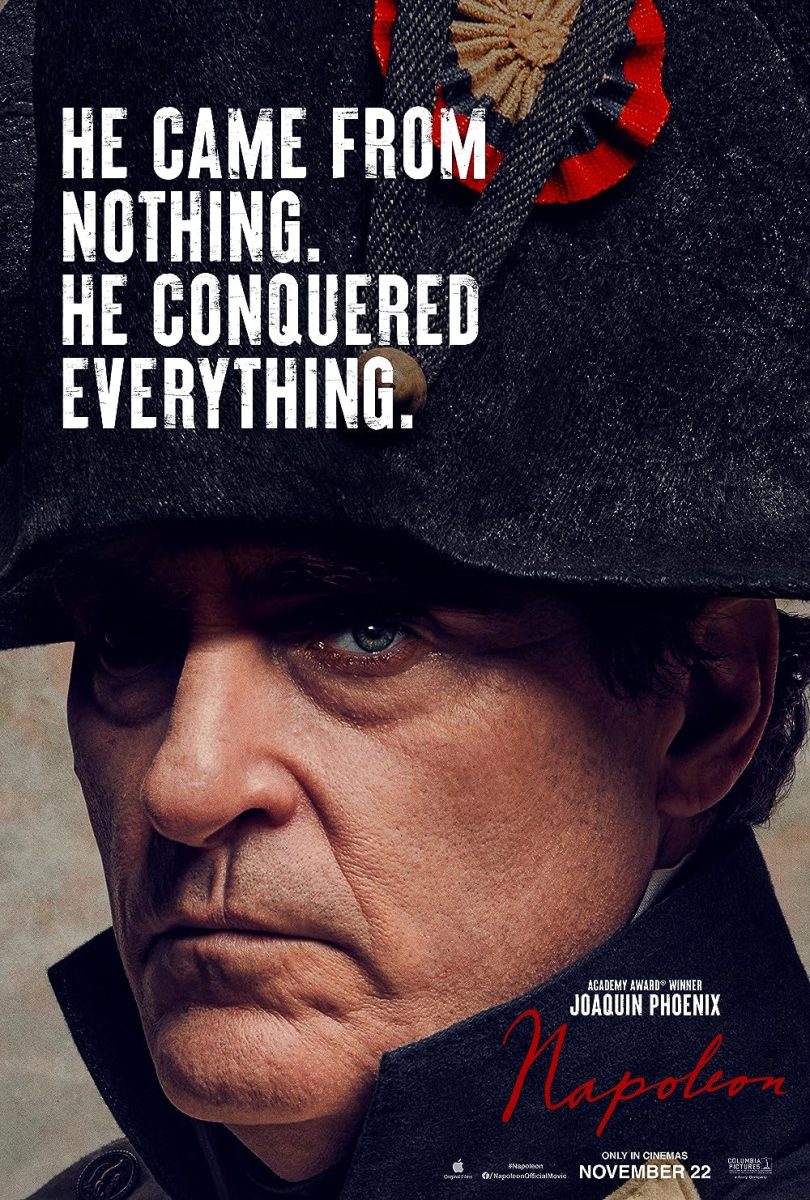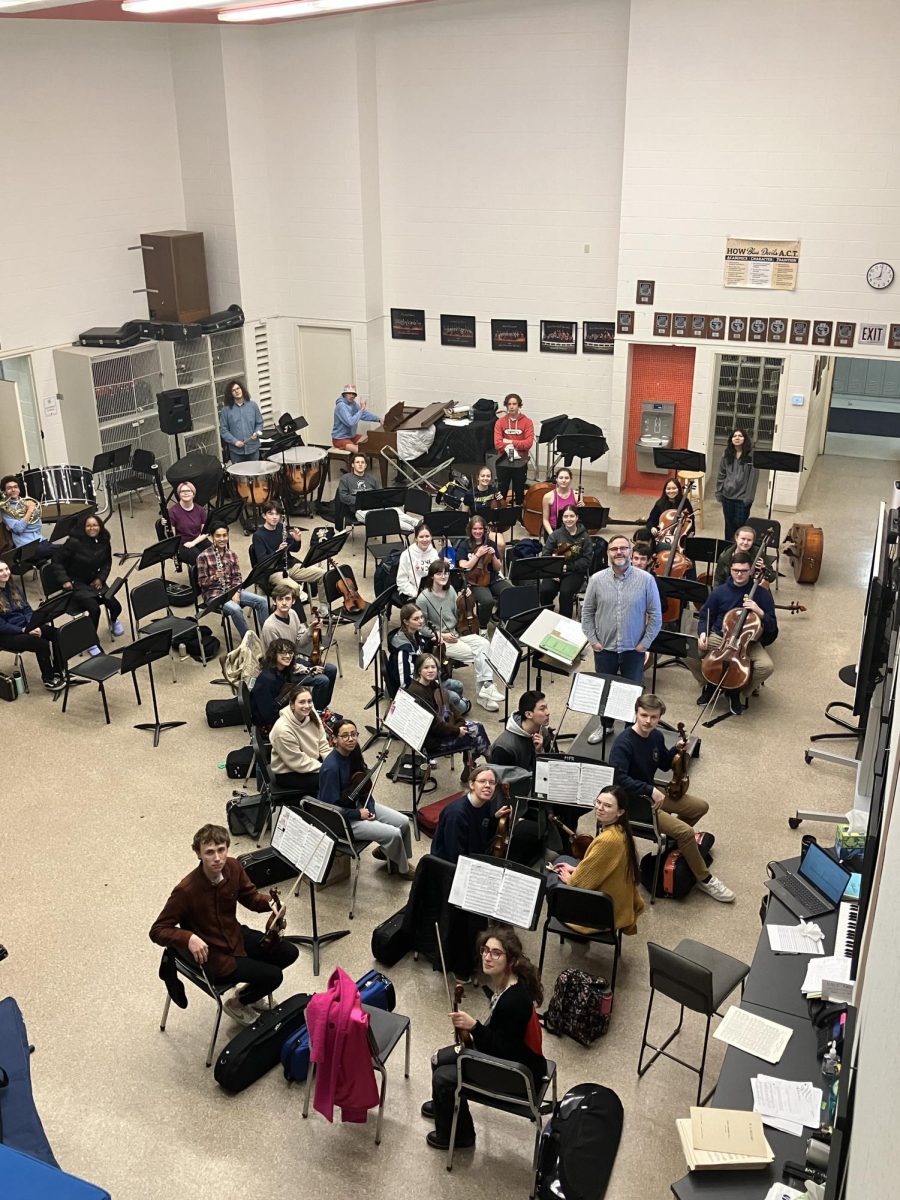TA Keating ‘13| Executive Web Editor
Before I saw the most recent film adaption of “The Great Gatsby,” I had very high expectations. With a plot based on one of the greatest novels of all time, an acting ensemble starring Leonardo DiCaprio and a score produced by Jay-Z, there was seemingly no way this film could disappoint. I couldn’t have been more wrong.
For people who never read “The Great Gatsby” (if that’s possible), the novel follows the story of Jay Gatsby (Leonardo DiCaprio), a reclusive billionaire with a mysterious past, during one fateful summer in New York in the early 1920s. The tale is told through the eyes of Nick Caraway (Toby McGuire), who befriends the titular character at one of Gatsby’s wild and extravagant weekly house parties. Gatsby has a secret romantic past with Nick’s cousin Daisy (Carey Mulligan), who is now married to an awful human being named Tom Buchannan (Joel Edgerton). In the course of the novel, Nick becomes disillusioned with the wealth, glitz and glamour of New York, realizing that Gatsby was the only authentic person of the lot. The moral of the story, like most of the other novels in an American literature course, is that the American dream is a lie and everyone is a phony.
Now, while I didn’t particularly enjoy the film, I have to say that it was very faithful to the plot of the book. Memorable scenes from the book were left largely intact, such as the scene where Tom starts ranting about whites must make efforts to beat the “colored people” down, thereby revealing that Tom is terrible. And the parts the movie added weren’t always bad either; the framing device of Nick telling the story to a doctor in a sanitarium was one of the stronger adaption choices. The adaption was probably necessary, considering the film relies heavily on Nick’s narration to move the story forward.
But where some additions succeeded, many more failed. While I’ll get to some of the other offenders later on, the worst aspects of the film derived from director Baz Luhrmann’s attempts to use 3D in a film that really didn’t need it. “The Great Gatsby” is a romantic drama, not the newest Marvel superhero movie, and as a result, any scene that utilized 3D felt forced, unnecessary, obnoxious and at some points nauseating. 3D really didn’t serve the film’s purposes, but the film was certainly stumbling over itself to serve the purposes of 3D.
Examples of 3D gone awry can be found in the film’s numerous party scenes, during which the guests chaotically jump, jive, dance and dive through endless streams of confetti, streamers and fireworks. With the addition of anachronistic bass-thumping hip-hop as background music and constantly changing camera shots cutting through the scene in rapid succession, these moments more closely resemble an ill-conceived rap video than a film based on a great American novel. Although these scenes were the worst of the movie, an honorable mention goes to the scene where the film becomes a lamer, 1920s version of a “Fast and Furious” movie as Gatsby yells expositional dialogue at Nick Caraway whilst careening through the streets of New York in his bright yellow coupe.
Immediately after I saw the film, I pinned much of my disappointment on the unnecessary inclusion of 3D. But after some consideration, I concluded that 3D was only a symptom of the disease that killed “The Great Gatsby.” The principal purpose of 3D is to shove the action of a film in the viewer’s face, presumably because they’re supposed to enjoy that sort of thing. “Gatsby” simply takes this philosophy a step further. The film takes all the symbolism and subtle detail that made the novel great and makes it painfully obvious. Nick Caraway’s narration seems more than willing to spell out every character’s motivation and summarizes events whenever they get even slightly complex. Where the novel aspires to be a meal full of texture and subtle flavors, the movie seems to shout “here comes the airplane,” as it shoves a big, sloppy spoonful of mushed peas into the audience’s gullet.
Although I’ve been largely negative about this movie, I feel obligated to mention what “The Great Gatsby” did right. Or, rather, what Leonardo DiCaprio did right. DiCaprio brings with him poise and swagger mixed with doubt and insecurity that perfectly captures mysterious billionaire Jay Gatsby. DiCaprio really puts his heart into this role, and it shows, especially during his character’s explosive final scene. Carey Mulligan also plays a convincing Daisy, although Daisy was easily the wimpiest character in both book and film, making it hard to say that her presence brought much to the table.
Toward the end, it became clear that the movie had overstayed its welcome. At a run time of nearly two and a half hours, the audience was visibly anxious to leave. I’ll admit I was too. However, as I left, I realized the one thing that was truly brilliant about the film. The film left me angry, disillusioned and disappointed, allowing me to experience firsthand how Nick Caraway felt as he left New York for the last time.
Grade: C-

